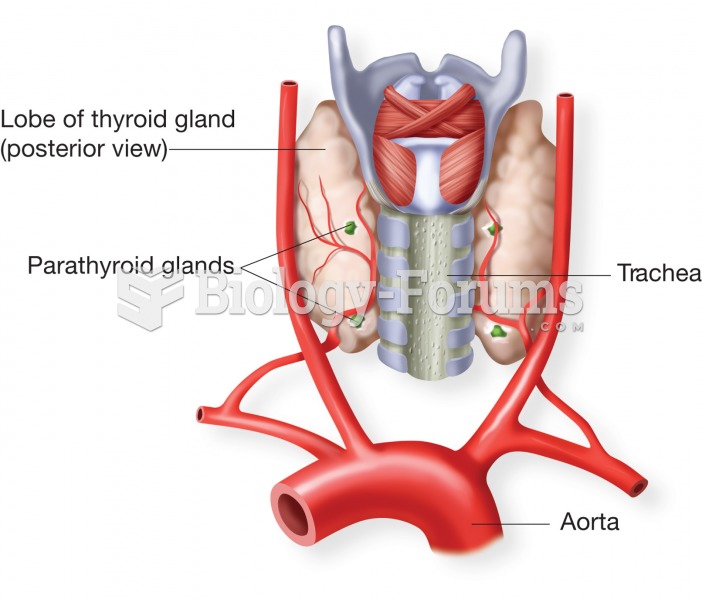|
|
|
Drug abusers experience the following scenario: The pleasure given by their drug (or drugs) of choice is so strong that it is difficult to eradicate even after years of staying away from the substances involved. Certain triggers may cause a drug abuser to relapse. Research shows that long-term drug abuse results in significant changes in brain function that persist long after an individual stops using drugs. It is most important to realize that the same is true of not just illegal substances but alcohol and tobacco as well.
The types of cancer that alpha interferons are used to treat include hairy cell leukemia, melanoma, follicular non-Hodgkin's lymphoma, and AIDS-related Kaposi's sarcoma.
Opium has influenced much of the world's most popular literature. The following authors were all opium users, of varying degrees: Lewis Carroll, Charles, Dickens, Arthur Conan Doyle, and Oscar Wilde.
Though the United States has largely rejected the metric system, it is used for currency, as in 100 pennies = 1 dollar. Previously, the British currency system was used, with measurements such as 12 pence to the shilling, and 20 shillings to the pound.
The human body produces and destroys 15 million blood cells every second.
 The parathyroid glands. These four glands are located on the posterior side of the thyroid gland. Th
The parathyroid glands. These four glands are located on the posterior side of the thyroid gland. Th
 Effleurage as a finishing and transition technique. Finish the left side with effleurage moving back ...
Effleurage as a finishing and transition technique. Finish the left side with effleurage moving back ...
 Apply direct pressure to points along the shoulders. Stand to one side and use your forearm to apply ...
Apply direct pressure to points along the shoulders. Stand to one side and use your forearm to apply ...




